Gail Gibbons’ From Seed to Plant is a captivating informational book that explores the life cycle of plants, ideal for young readers. With simple language and vibrant illustrations, it introduces children to the fascinating process of how seeds grow into plants, making complex botanical concepts engaging and accessible. The book is widely praised for its educational value and is available as a free PDF download, offering a convenient resource for classrooms and home learning.
1.1 Overview of the Book
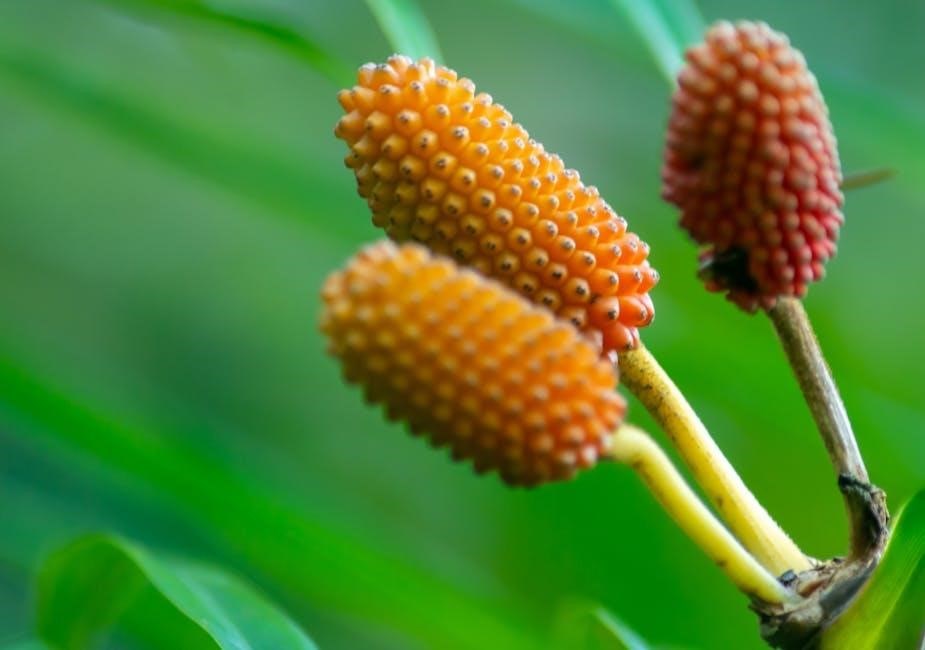
From Seed to Plant by Gail Gibbons is an engaging informational book that delves into the life cycle of plants, from seeds to mature plants. The book uses simple, clear language and vibrant illustrations to explain how seeds germinate, grow, and develop into plants. It covers essential botanical concepts, such as pollination and photosynthesis, in an accessible way for young readers. The text is accompanied by detailed visuals, making it an ideal resource for early science education. Available as a free PDF download, the book is widely used in classrooms and homes to spark curiosity about nature and growth. Its concise yet comprehensive approach makes it a valuable tool for teaching children about plants and their life cycles.
1.2 Importance of the Topic for Young Readers
Gail Gibbons’ From Seed to Plant is a vital resource for young readers, as it introduces foundational concepts about nature and growth. The book fosters curiosity about the natural world, encouraging children to explore and understand the life cycle of plants. By explaining how seeds grow into plants, it lays the groundwork for early science education and environmental awareness. The simple, engaging text and vibrant visuals make complex ideas accessible, inspiring young minds to appreciate the beauty and importance of plant life. This book is a cornerstone for sparking an early interest in botany and the environment.
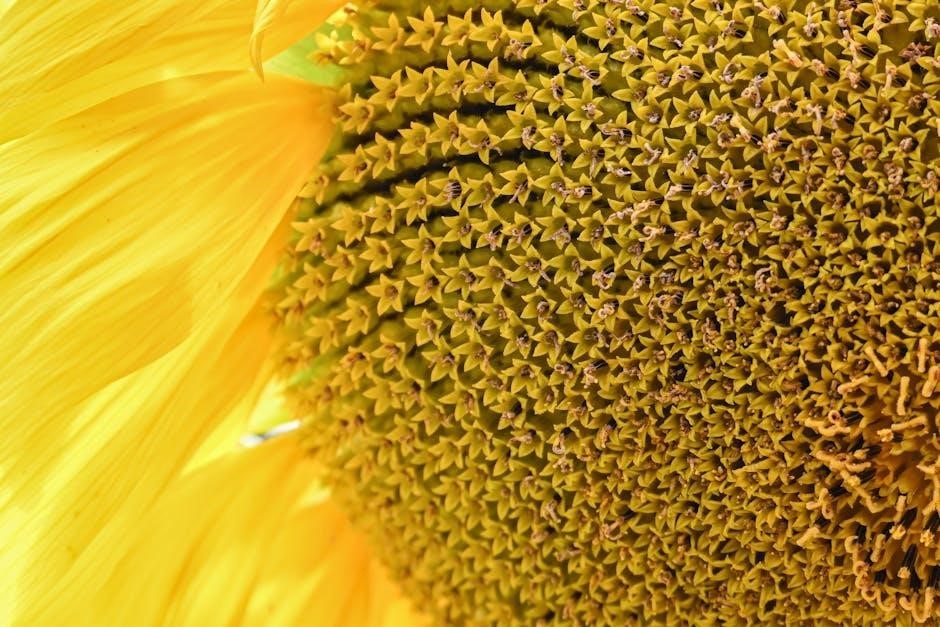
Key Concepts Covered in the Book
Gail Gibbons’ From Seed to Plant explores the life cycle of plants, seed germination, and growth processes, introducing young readers to essential botanical concepts in an engaging way.
2.1 The Life Cycle of Plants
Gail Gibbons’ From Seed to Plant beautifully explains the life cycle of plants, starting from seed germination to growth into mature plants. The book details how seeds sprout, develop roots, and grow stems and leaves. It highlights the role of sunlight, water, and soil in plant growth. The text also explores the process of photosynthesis and how plants produce flowers and seeds to continue their life cycle. This clear, engaging explanation helps young readers understand the natural stages of plant development and the importance of environmental factors in their growth.
2.2 Vocabulary and Definitions
Gail Gibbons’ From Seed to Plant introduces young readers to essential botanical vocabulary through clear definitions and engaging visuals. Terms like “germination,” “photosynthesis,” and “shoot” are explained in simple language, helping children understand complex concepts. The book also includes words like “seedling” and “root system,” which are crucial for grasping plant development. These definitions are reinforced through illustrations and real-life examples, making learning interactive and fun. The inclusion of a vocabulary list or cards further enhances understanding, ensuring readers can identify and discuss key terms related to plant growth and development;
2.3 How Seeds Grow into Plants
Gail Gibbons’ From Seed to Plant vividly describes the journey of seeds transforming into plants. The book outlines the process, starting with germination, where a seed absorbs water and breaks open. It then explains how roots develop, anchoring the plant, while shoots emerge, reaching for sunlight. The text details how leaves unfurl and begin photosynthesis, sustaining growth. This step-by-step explanation, supported by illustrations, helps young readers visualize each stage. The book also highlights environmental factors like water, sunlight, and soil, emphasizing their roles in plant development. This clear, engaging narrative makes the process relatable and easy to understand for children.

Classroom Applications and Activities
Gail Gibbons’ From Seed to Plant offers hands-on learning opportunities, inspiring experiments like seed germination and plant growth observation. It integrates seamlessly into science lessons, fostering curiosity and engagement among students while providing practical learning experiences tied to botanical concepts.
3.1 Hands-On Experiments for Students
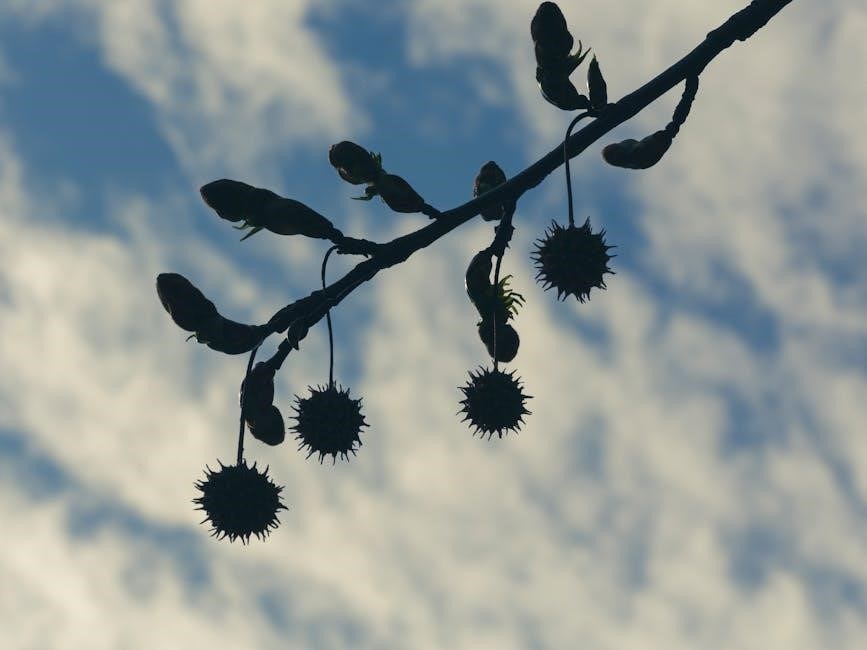
Gail Gibbons’ From Seed to Plant encourages interactive learning through hands-on experiments, such as seed germination and plant growth observation. Students can plant seeds, monitor progress, and document changes, fostering scientific inquiry. These activities align with the book’s content, allowing learners to visualize the life cycle of plants. Simple materials like soil, seeds, and containers make these experiments accessible and engaging. By observing and recording growth, students develop critical thinking skills and a deeper understanding of botanical processes. These experiments are ideal for integrating science with hands-on exploration, making learning fun and memorable for young learners.
3.2 Seed Germination and Observation Activities
Seed germination and observation activities are central to exploring plant growth, as detailed in From Seed to Plant. Students can plant seeds in clear containers to monitor root and shoot development. Daily observations and recordings in journals or charts enhance scientific documentation. These activities encourage curiosity and patience, helping students understand the role of water, soil, and light in plant growth. By observing the process, learners gain hands-on experience with the life cycle of plants, reinforcing concepts from the book. These activities are perfect for fostering a deeper connection with nature and promoting STEM education in an engaging way.
3.3 Integrating the Book into Science Lessons
From Seed to Plant seamlessly integrates into science curricula, offering a comprehensive introduction to plant life cycles and growth. The book aligns with learning objectives, making it an ideal resource for teachers. Its clear explanations and engaging visuals support hands-on activities, such as seed germination experiments and plant observations. Educators can use the text to teach scientific inquiry and critical thinking while fostering curiosity about nature. Supplementary materials, like KWL charts and vocabulary cards, further enhance lesson planning. By incorporating this book, teachers can create engaging and interactive science lessons that meet educational standards and inspire young learners.

Educational Resources and Downloads
- Free PDF downloads of From Seed to Plant are available for educational use.
- Vocabulary cards and KWL charts support interactive learning.
- Additional resources include lesson plans and activity guides.
- These materials enhance teaching and student engagement effectively.
4;1 Free PDF Downloads of the Book
From Seed to Plant by Gail Gibbons is available as a free PDF download from various educational platforms, including Open Library and other digital repositories. These downloads provide convenient access to the book’s engaging content, which explores the life cycle of plants and seed germination. The PDF format allows teachers and students to easily share and use the book for classroom activities or home learning. With its concise 24-page structure, the PDF is ideal for introducing young readers to botany and fostering curiosity about nature. This resource is a valuable tool for science education and hands-on learning experiences.
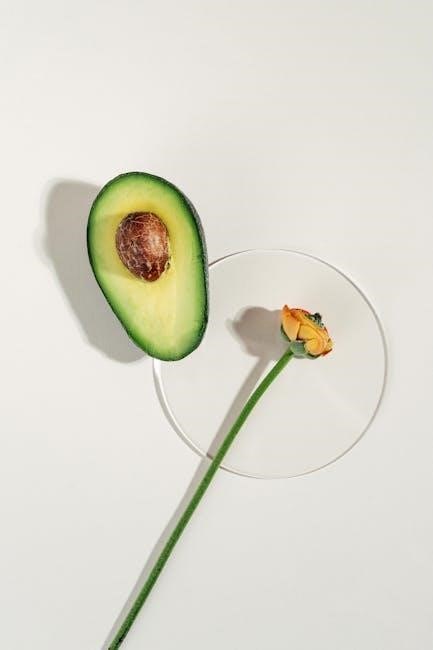
4.2 From Seed to Plant Vocabulary Cards
The From Seed to Plant vocabulary cards are an excellent resource for teaching key terms related to plant growth and botany. These cards feature important words like “seed,” “germinate,” and “photosynthesis,” along with their definitions. They are designed to help young learners build a foundational understanding of botanical concepts. Teachers can use these cards for interactive activities, such as flashcard games or matching exercises, to make learning engaging and fun. The vocabulary cards align perfectly with the book’s content, enhancing students’ ability to comprehend and retain the material. They are widely available for download, making them a valuable addition to any science curriculum.
4.3 KWL Charts for Classroom Use
KWL charts are a valuable tool for engaging students with From Seed to Plant. These charts help students organize their thoughts by identifying what they know, what they want to know, and what they have learned about plant growth. Before reading, students list their prior knowledge about seeds and plants. During reading, they note questions and curiosities. Afterward, they reflect on new discoveries. Teachers can use these charts to guide discussions, assess understanding, and connect the book’s content to hands-on activities. KWL charts are available as free PDF downloads, making them an accessible resource for classroom use.
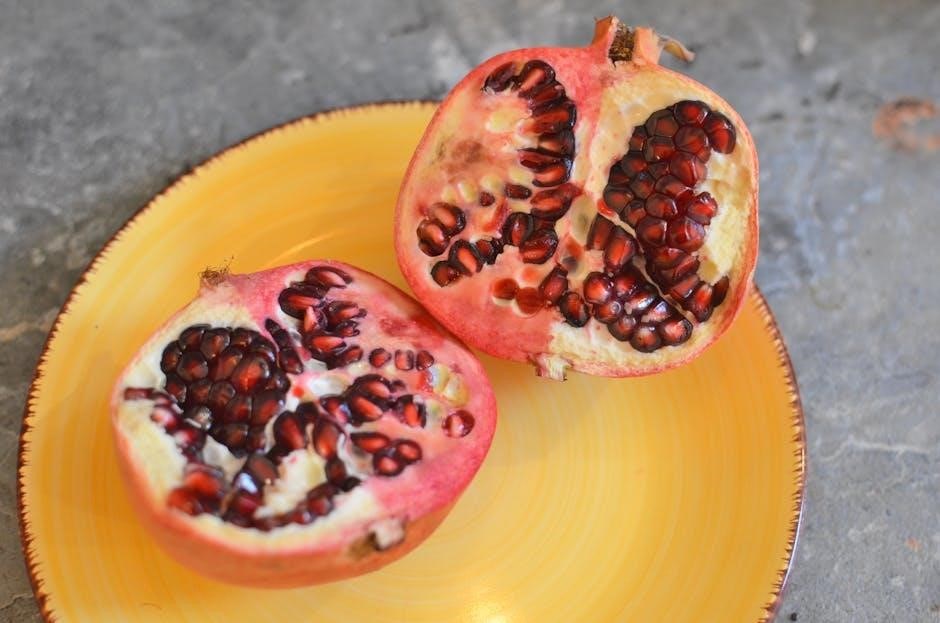
The Role of Gail Gibbons in Children’s Education
Gail Gibbons plays a vital role in children’s education by creating engaging, informative books like From Seed to Plant, fostering curiosity and a love for learning through clear, visually appealing content.
5.1 Gail Gibbons’ Writing Style and Approach
Gail Gibbons’ writing style in From Seed to Plant is characterized by simplicity, clarity, and a focus on engaging young readers. She uses straightforward language and vibrant illustrations to explain complex botanical concepts, making them accessible to children. Her approach emphasizes hands-on learning, encouraging students to explore and observe plant growth. By combining factual information with visual storytelling, Gibbons creates an interactive and educational experience. Her ability to break down scientific processes into digestible parts fosters curiosity and a deeper understanding of nature, making her a trusted name in children’s educational literature.
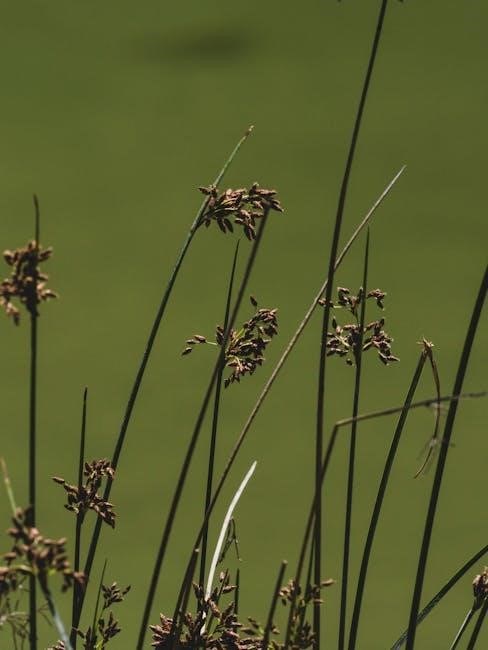
5.2 How the Book Engages Young Learners
From Seed to Plant captivates young learners through its engaging narrative, vibrant illustrations, and hands-on approach to learning. Gail Gibbons uses simple, clear language that sparks curiosity about the natural world. The book’s visual storytelling, including life cycle diagrams, makes complex concepts easy to understand. Interactive elements, such as observing seed germination, encourage active participation. The free PDF availability enhances accessibility, allowing educators to integrate the book seamlessly into lesson plans. By blending factual content with relatable examples, Gibbons fosters a love for nature and learning, making the book a delightful and educational experience for children.
5.3 The Author’s Contribution to Botanical Education
Gail Gibbons has significantly advanced botanical education through her engaging and accessible approach. From Seed to Plant simplifies complex concepts, making botany understandable for young learners. Her use of vibrant visuals and clear explanations fosters curiosity about nature and growth processes. By providing free PDF downloads, Gibbons ensures her work reaches a broad audience, aiding educators in teaching plant biology. Her contributions have made botanical education interactive and enjoyable, inspiring future generations to explore and appreciate the natural world. This has cemented her role as a leader in creating educational content for children.

Supplementary Materials for Teachers
Supplementary materials include free PDF downloads, vocabulary cards, and KWL charts to support lesson planning. These resources enhance teaching and student engagement with From Seed to Plant.
6.1 Lesson Plans Inspired by the Book
Lesson plans inspired by From Seed to Plant encourage hands-on learning through seed germination experiments and plant growth observations. Activities include planting seeds, documenting progress, and exploring plant uses; Teachers can integrate science with literacy by using the book as a reading resource. The free PDF version offers convenience for classroom use, while supplementary materials like vocabulary cards enhance instruction. These plans align with curriculum goals, promoting STEM education and environmental awareness. They also encourage critical thinking and curiosity about nature, making learning engaging and interactive for young students. The book serves as a versatile tool for creating dynamic lessons.
6.2 Art and Craft Activities Related to Plant Growth
Art and craft activities inspired by From Seed to Plant offer creative ways to explore plant growth. Students can draw the life cycle of plants, create flower collages, or craft seed models. These activities reinforce learning while fostering creativity. The free PDF version of the book provides visuals that can inspire art projects, such as illustrating the stages of germination or designing garden layouts. Crafts like paper plate flowers or handmade seed bombs engage students and connect art with science. These activities make learning about plants fun and interactive, encouraging students to appreciate nature and its beauty. They also promote fine motor skills and self-expression.
6.3 Assessing Student Understanding
Assessing student understanding of plant growth can be achieved through various engaging methods. Vocabulary cards and KWL charts help evaluate knowledge retention. Hands-on experiments, like observing seed germination, allow teachers to assess participation and understanding. Quizzes or class discussions can gauge comprehension of key concepts. Additionally, student-created projects, such as drawing the plant life cycle or writing about the process, provide insight into their grasp of the material. These activities ensure students are actively learning and retaining information, making assessment both effective and meaningful. They also cater to different learning styles, ensuring a comprehensive evaluation of student progress. This approach fosters a deeper connection with the subject matter.
The Impact of the Book on Learning
The book fosters curiosity about nature, promotes environmental awareness, and builds a strong foundation for science education in young learners through engaging content.
7.1 Fostering Curiosity About Nature
Gail Gibbons’ From Seed to Plant sparks young readers’ curiosity about nature by introducing them to the fascinating world of botany. The book’s engaging narrative and vibrant visuals encourage children to explore the life cycle of plants, from germination to growth. By explaining how seeds develop into plants, the book inspires an appreciation for the natural world. Practical experiments, such as observing seed germination, further ignite curiosity. The book’s accessible language and interactive elements make it an ideal tool for fostering a sense of wonder and inquiry in children, helping them understand and connect with the environment around them.
7.2 Promoting Environmental Awareness
Gail Gibbons’ From Seed to Plant plays a vital role in promoting environmental awareness among young readers. By explaining the life cycle of plants and their importance in our ecosystem, the book highlights the interconnectedness of nature. It encourages children to appreciate the role of plants in providing oxygen, food, and habitat for various species. The book also inspires stewardship by showing how human actions, such as planting and caring for seeds, can positively impact the environment. Through engaging text and visuals, Gibbons fosters a sense of responsibility, helping children understand the importance of conservation and sustainability from an early age.
7.3 Building a Foundation for Science Education
From Seed to Plant by Gail Gibbons lays a strong foundation for science education by introducing fundamental concepts in botany. The book simplifies complex processes like photosynthesis and seed germination, making them accessible to young learners. Through clear explanations and engaging illustrations, it sparks curiosity and encourages critical thinking. The text also supports hands-on learning by inspiring experiments, such as observing plant growth and documenting changes. By connecting scientific principles to real-world observations, Gibbons prepares students for more advanced science topics, fostering a lifelong love for learning and exploration. This approach ensures that young minds develop essential scientific literacy skills early on.
Additional Resources for Further Exploration
Explore field trips to botanical gardens, digital tools for interactive learning, and recommended experiments to deepen understanding of plant growth and botany beyond the book.
8.1 Recommended Experiments and Projects
Engage students with hands-on experiments like documenting seed germination, observing plant growth, and exploring photosynthesis. Projects such as creating a plant life cycle diagram or a seed journal encourage deeper learning. Additionally, activities like planting seeds in different conditions and measuring growth promote scientific inquiry. These experiments align with the book’s content, fostering curiosity and practical understanding of botanical concepts. They also provide opportunities for creativity and critical thinking, enhancing the educational experience beyond the pages of From Seed to Plant.
8.2 Field Trip Ideas to Enhance Learning
Organize field trips to botanical gardens, nature reserves, or local farms to explore plant growth in real-world settings. Students can observe diverse plant species, learn about ecosystems, and participate in guided tours. Visits to greenhouses or orchards provide hands-on experiences with seed germination and plant care. These trips can include interactive activities, such as plant identification games or journaling observations, to deepen understanding. Field trips complement the book’s content by connecting theoretical knowledge with practical, immersive learning experiences, fostering a deeper appreciation for botany and the natural world.
8.3 Digital Tools for Interactive Learning
Digital tools like interactive simulations and educational apps can enhance learning about plant growth. Apps such as Plant Life Cycle or Seed Germination Simulator allow students to visualize processes like germination and photosynthesis. Virtual field trips to botanical gardens or farms provide immersive experiences, letting students explore plant ecosystems remotely. Additionally, online quizzes and games, such as Kahoot! or Quizlet, can reinforce vocabulary and concepts from the book. These tools make learning engaging and accessible, supporting students in developing a deeper understanding of botany and the natural world.